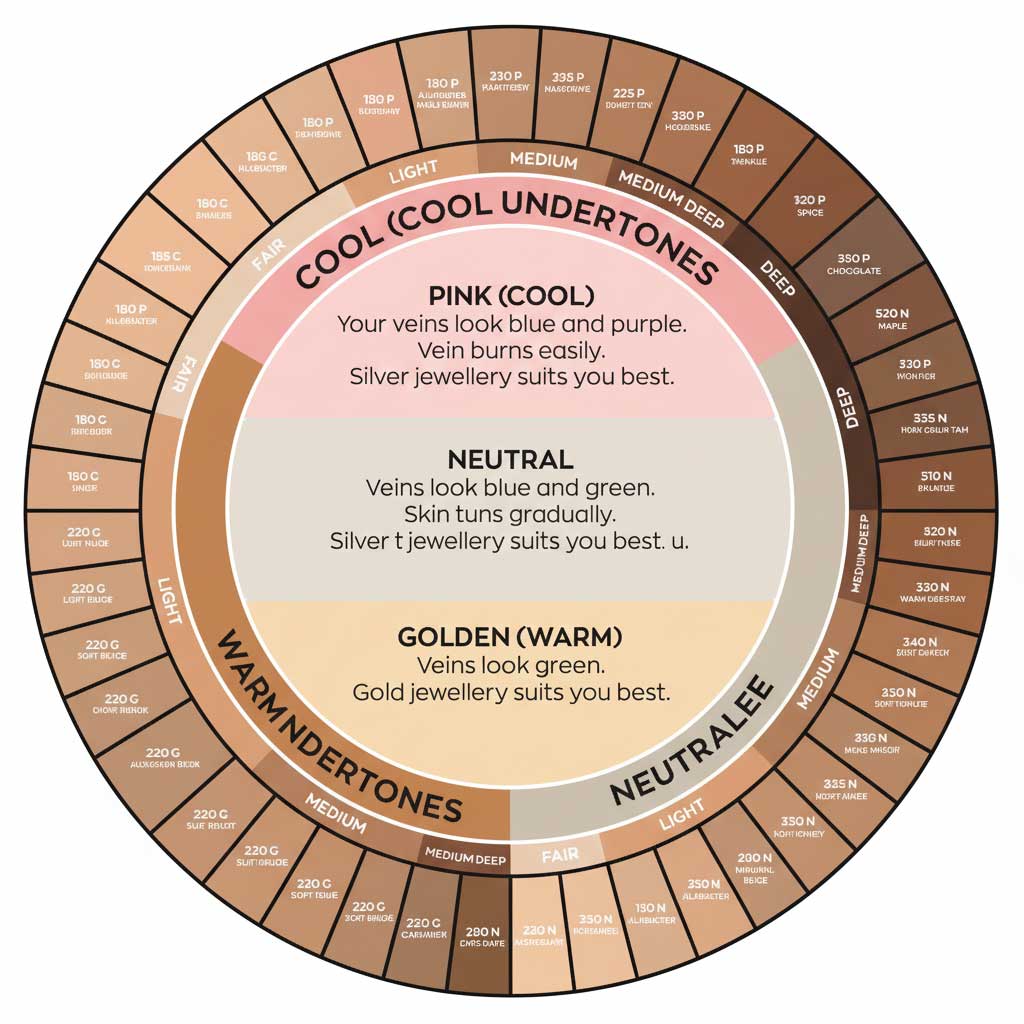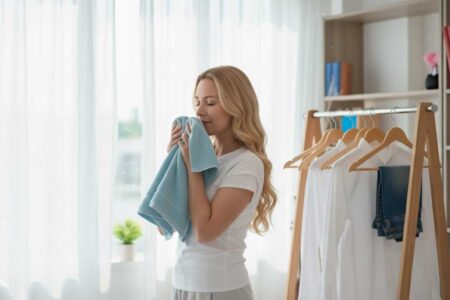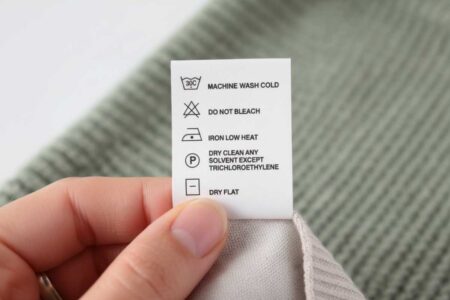Foundation Shade Estimator
Find your perfect foundation match across popular brands. Get personalized shade recommendations based on your skin tone, undertones, and preferences.
How to Determine Your Undertone
- Vein Test: Look at your wrist veins in natural light - blue/purple = cool, green = warm, mixed = neutral
- Jewelry Test: Which looks better - gold (warm) or silver (cool) jewelry?
- White Paper Test: Hold white paper near your face - pink/rosy = cool, yellow/golden = warm
- Sun Reaction: Do you burn easily (cool) or tan easily (warm)?
- Color Analysis: Which colors make you glow - jewel tones (cool) or earth tones (warm)?
- Professional Help: Visit a makeup counter for professional color matching
Foundation Shade Estimator helps you find a shade that looks like your skin in real life. I use the same steps with clients at my chair, window light, quick undertone checks, then two close samples. Last week I matched someone between two shades, one looked perfect indoors, the other won outside. We tested both for twenty minutes, and the match held in daylight and under studio lights. Use the tool on this page, then sanity check with the steps below.
What a foundation shade estimator actually does
It narrows the guesswork. You enter your skin depth, undertone, and any current matches. It maps across brands and tells you which two to try first. Where it shines, online shopping, cross brand comparisons, and figuring out which samples to order. Where it needs your help, lighting, skincare, and camera settings can nudge color, so you still wear test in daylight.

Undertones 101, fast tests that work
Undertone is the steady color under your skin. Overtone is the surface tint that changes with weather, skincare, or a workout. Melanin and hemoglobin drive how skin reflects light, which is why small shifts show up fast on camera.
- Cool, pink, red, or blue leaning.
- Warm, golden, yellow, or peach.
- Neutral, a balanced mix of cool and warm.
- Olive, a subtle green or yellow green cast. Neutral olive can look beige indoors, then show a hint of green next to white.
At home checks
- Vein test, blue or purple reads cool, green reads warm, blue green often reads neutral or olive.
- White tee test, stand by a window, hold a white tee to your face, do you see pinkness, gold, or a quiet green cast.
- Jewelry test, silver loves cool, gold pops on warm, neutral looks fine in both. Olive often prefers muted or antique gold.
- Three stripe test, swipe one cool, one neutral, one warm down cheek to jaw, wait five minutes, the one that disappears and matches the neck wins.
Want photo examples, see our undertone test guide with the vein, white tee, and jewelry checks.
If your stripes look close and you are still unsure, see common mismatch traps below for quick fixes.
Step by step, using a shade estimator on phone or desktop
- Stand by a bright window, face the light, turn off ceiling lights.
- Clean the lens, fingerprints add haze and warmth.
- Lock focus and exposure, on iPhone, touch and hold until you see AE, AF Lock, then use the brightness slider. On Pixel, tap to focus, then tap the Lock icon to hold focus and exposure. Keep flash off.
- Pick skin depth and undertone in the estimator. Unsure, start neutral or olive, then do the three stripe test.
- Add a known shade if you have one, cross brand mapping gets smarter with a true match.
- Choose coverage and finish, light, medium, full, plus any skin concerns. For a quick refresher on formula and coverage, read how to choose the right foundation.
- Save the top two results, order two samples or minis, wear each in daylight for a morning before you decide.
Lighting and screens, why CRI, R9, and white balance matter
Daylight by a window tells the truth. If you use lights, look for high CRI, aim for 95 or higher, and a solid R9 score so reds render correctly. Low CRI lights mute reds and make foundations look dull or oddly flat.
Phones try to correct color for you. Locking exposure helps, and keeping white balance steady prevents pink or yellow swings. If your preview looks a bit bright or pink, pull exposure down slightly before you snap.
For a camera friendly base on sunny days, skim these no flashback summer base tips.
Formula behavior, why shades change on skin and on camera
- Oxidation and darkening, some formulas deepen or warm after 10 to 30 minutes as pigments interact with sebum, product volatility, and light exposure. Recent studies point to sebum as a major driver, and pigment treatments can help reduce darkening, so always wait before judging.
- SPF flashback, reflective particles in some powders and mineral filters like titanium dioxide and zinc oxide can bounce flash and look pale in photos. Tinted mineral SPF can help, and no flash is kinder for close portraits.
- Skincare shifts, rich moisturizers can sheer out or deepen coverage, silicone heavy primers change slip, and dewy bases reflect more light on camera. Keep your base consistent while testing.
If SPF is tripping you up, here are the best sunscreens that play well under makeup with notes on white cast.
Common mismatch traps
- Face vs neck, if your face is lighter from sunscreen, match neck and chest, then warm the face with a sheer bronzer.
- Chest match vs jaw match, for open necklines, match the chest. For high collars, a jaw match is fine.
- Seasonal shifts, plan a half shade deeper for summer and a half shade lighter for winter, mix or keep a corrector concealer to bridge the gap.
- Over bright bathrooms, low quality lights make warm shades look perfect, then orange outside.
If your base keeps skewing orange, this Q&A explains why foundation turns orange and how to fix it.
Our testing protocol and who worked on this
Lead author, Professional Makeup Artist and Licensed Esthetician with 8 years of hands on shade matching across liquid, cream, and stick formulas in daylight and studio light.
Co reviewers, a Cosmetic Chemist or Color Scientist, a Board Certified Dermatologist, a Photography and Lighting Specialist, and an Inclusive Shade Consultant with experience on very fair, very deep, olive, and neutral olive skin.
Panel, 48 testers, ages 18 to 62, a mix across Fitzpatrick types. Depth split, 8 very fair, 10 light, 10 medium, 10 deep, 10 very deep. Undertones, 10 cool, 12 warm, 10 neutral, 6 olive, 10 neutral olive.
Lighting, north window daylight at midday, plus 5600 K LED panels, CRI 95 with high R9, diffused. We also checked a warm indoor scene at 3000 K.
Phones and settings, iPhone 15 and Pixel 8, AE and AF lock, exposure pulled slightly down, HDR off, flash off. One frame each with an 18 percent gray card. Files reviewed in sRGB.
What we logged, estimator picks, each brand finder’s top two, photos at 0 and 20 minutes, and a yes, close, or no rating from two evaluators.
Side by side trials, what the numbers mean for you
We ran five popular online shade tools on the same 48 people and tracked within one shade accuracy. Here is what that felt like in plain language. These are our panel results.
- Match My Makeup, our closest overall, about 7 out of 10 landed near perfect on the first try, and it caught olive more often than most. One neutral olive tester finally avoided a peach cast.
- Findation, strong if you give it two rock solid past matches, cross brand mapping is its strength.
- Sephora Shade Finder, handy if you shop their brands. If you are olive, still do a daylight check.
- IL MAKIAGE PowerMatch, best results when you stay within the brand and follow the full quiz.
- Estée Lauder Finder, reliable for Double Wear and Futurist, even better if you grab samples.
Mini comparison table
| Tool | Inputs needed | How it treats undertones | Hit rate for our testers | Who will like it | Pros | Cons |
|---|---|---|---|---|---|---|
| Match My Makeup | Known shade or brand | Catches olive better than most | About 7 in 10 within a shade | Frequent cross brand switchers | Clear cross mapping, newer launches included | Needs one good known shade |
| Findation | One or two known matches | Basic, no explicit olive | Strong with two inputs | Cross brand shoppers | Very fast, wide brand list | Can miss olive without hints |
| Sephora Shade Finder | Selfie or current brand | Cool, neutral, warm only | Decent for big brands | People buying at Sephora | Quick cart flow, store pickup | Olive users should confirm in daylight |
| IL MAKIAGE PowerMatch | Quiz, photos optional | Brand tuned | Closer in brand than cross brand | Try before you buy crowd | Easy returns workflow | Skews toward in brand picks |
| Estée Lauder Finder | Quiz, virtual try on | Strong in brand | Close for Double Wear fans | EL loyalists who sample | Good shade grid and samples | Cross mapping is limited |
Comparing brand ranges for sampling, here are brands with the widest shade ranges to start your search. Blufashion – Best Beauty Blog
Test panel takeaways
- Best first try wins, neutral and warm medium to medium deep users who entered a true match.
- Common misses, very fair cool with surface redness, cool deep with redness, all olives when olive is not an option.
- Easiest upgrade, pull exposure down a hair and check by a window, accuracy jumps.
- Biggest fix, high CRI or daylight corrected more mismatches than any other change.
Two shade wear test, quick notes card
Use this as a mini checklist.
- Shade A on left jaw to neck line. Shade B on right.
- Check at 0 minutes and 20 minutes.
- Window selfie, then indoor warm room selfie.
- Mark, matches face, matches neck, looks natural in photo.
- Winner, the one that matches neck or chest in your outfit, and looks quiet in both selfies.
Prefer a printable, grab a downloadable wear test card you can tick off as you go.
Troubleshooting, and when to see a pro
- Looks orange outside after fifteen minutes, try a more neutral or olive version, blot before judging.
- Looks gray around the mouth and under eyes, go warmer or olive, set only where you crease.
- Matches face, not neck, either warm up the face with a sheer bronzer or match to chest.
- Between two shades in photos, mix or buy both in minis.
- Strong melasma or hyperpigmentation, match the overall face, then spot correct the deeper areas with a tiny brush.
- Post procedure redness or self tanner on the chest, get an in store match or request carded samples.
- Old product can shift color, do a quick check with our foundation perfection tips.
Try it now
Use the Foundation Shade Estimator on this page. Pick your depth and undertone, add any current match, save the top two picks, then wear each for a morning by a window. Keep your receipt and your peace.
Want to keep dialing in your routine, explore more free tools.
Limits and real world advice
Estimators are a strong first pass, not the finish line. Lighting, skin behavior, and camera settings still matter. I always wear test two close shades in daylight, wait twenty minutes to watch for darkening, then check a warm indoor room.
FAQs
How do I pick undertone if I am not sure?
Start neutral, swipe three stripes, cool, neutral, warm, then check in window light. See our undertone test guide for photos.
Why does my foundation get darker later?
Sebum mixing with pigments can deepen color, so wait 10 to 30 minutes before you decide.
Why do photos make my face look pale with SPF?
Mineral and tinted sunscreens behave differently in visible light. Tinted options with iron oxides reduce white cast and protect against visible light.
What light should I use to check shade?
Daylight or a high CRI light with a strong R9 score shows color honestly.
How do I keep my phone from auto changing brightness or color?
On iPhone, touch and hold to see AE, AF Lock, then slide exposure. On Pixel, use the Lock icon to hold focus and exposure.
Should I match my face or my neck?
Match what shows. Open necklines favor neck and chest, then warm the face.
Friendly nudge
Estimators are great, your eyes in good light are better. Try two close shades, give each ten minutes, and let the best one win.





